Carpenter ants
Carpenter ants now become an extensive problem in Canada. They create their nests in damp, dead wood and make tunnels so they can simply navigate through the structure. Carpenter ants are small, but they damage a lot to the building, they make smooth tunnels inside of the wood. Carpenter ants don’t eat wood, they only burrow and chew through wood to make nests.
The western dark carpenter insect colony, when develop, contains approximately 10-20,000 laborers, with expansive colonies of more than 50,000 individuals. There’s ordinarily as it were one functional, wingless ruler per colony. Swarmer’s are not created until the colony is more than two a long time ancient. They are delivered within the previous year and held over the winter within the nest for release the following year.
Carpenter ants cause similar harm to damp, dead wood. Oftentimes, you’ll see lots of wood shavings near wood that’s infested with carpenter ants. Then in order to exterminate the infestation, you must make sure you’re treating your possessions for the correct pest. Carpenter ants are black ants with segmented bodies. The normal length of carpenter ants is between 6 – 13 mm.
What happens if your home or business or industry becomes infested with carpenter ants? You might be wondering, what should I do if I have carpenter ants? You can call us directly at +1 (604) 551-6504 as we are providing best services for carpenter ants control Ant Life Cycle
Whereas there are more than 12,000 known species of ant, only a modest bunch are a danger to your home’s security. Learn more around the different types of ants.
Types of ants
Determining the types of ants in your home depends on several variables, including appearance, environment and the locale where you live. An ant’s body can have one or two hubs, or “bumps,” on its thorax which helps recognize the species. Species change in both measure and color as well. A few ants can chomp, and a few can sting, whereas others, such as the fire ant, can both bite and sting. Underneath could be a list of insect species commonly found in or near homes.
Asian needle ant
Asian needle ants are approximately 5 millimeters long and have one node. They are brown-black with dull orange mandibles, and generally settle outside in shaded regions with high dampness. This species is less aggressive to neighboring subterranean insect colonies than other subterranean insect types.
Crazy ant
Crazy ants are 2.2 to 3 mm long with one node. They are black brown with greatly long legs and antennae. These types of ants are non-discriminatory nesters, shaping colonies in damp or dry environments. Outside, they settle in plants, soil, overwhelming vegetation, mulch and rubbish. Inside, they can be found under carpets, in wall voids and in houseplants.
Acrobat ants
Acrobat ants are almost 2.5 to 3 mmm long with two nodes. Their color changes from yellow brown to brown and red-black to all dark. They settle exterior, essentially in wet wood and interior harmed wood structures, and some of the time in froth board separator.
Carpenter ants
These types of ants rank tall as basic bugs. Due to such huge variety, their physical depiction can be broad. The normal length of workers is between 6 – 13 mm. Carpenter ants do not really eat wood, but or maybe excavate it in order to make homes. The essential nest of these ants is regularly outside, in trees or lumber. Inside, they favor rooftops and woodwork close moisture. Homes in woodlands are at the foremost chance for structural harm. A few species are aggressive and will sting if their nest is aggravated.
Dark rover ants
The normal length of this insect is almost 1.6 mm. They have one node for their body and are medium to dim brown in color. They are commonly found in regions near people, and settle outside by grass edges, under objects on the ground and in parking lots. Indoor homes are in some cases found in bathrooms and kitchens.
Fire ant
Fire ant are around 4 to 5 mm long. These ants have two nodes and can change in color, although most are a light reddish-brown. During hotter months, this species of insect shapes nests in a wide extend of open-air territories including gardens, lawns and greenery. They may shape homes interior during cold months, especially under shower tubs, water heaters or other warm zones with moisture. European fire ants are aggressive and can deliver a difficult sting when disturbed. Infestations of these ants have been detailed in New York, Massachusetts, Rhode Island, Vermont, Modern Hampshire, Maine and Canada.
Field ant
Field ant vary in size from 4 to 8 mm long. They have one node and come in many colors ; dark, brown, yellow-brown and mixed ruddy. This species of insect forms nests generally in open regions of soil, dead wood or greenery. They are not commonly found inside.
Numerous other ant species exist. They are generally considered pests because of their capacity to create expansive colonies, and their propensity of foraging for food inside. A few are more of a danger than others. Ants have the capacity to transmit disease organisms through the contamination of food or sterile objects.
Are you facing the issue of ants in your home? Identifying the types of ants, you’re managing with can be a challenge. Treatment can shift depending on the species. For appropriate identification and a comprehensive solution, contact Top Line Pest Control.
Not calling a pest control company
A pest control company is the best option for defense when it comes to removing carpenter ants and any pests for that matter. Unlike DIY ant control approaches, the ant infestation removal services of a pest control company can certify that ants will be gone and won’t return. Pest experts will also be able to provide you with ant prevention guidelines.
In case you’re feeling overwhelmed by your carpenter ant infestation, your nearby Top line Pest Control specialists is only a phone call away. Your dedicated pest specialist will develop an inclusive ant control solution plan to eliminate ants and prevent them from returning in the future. Contact us online or Call us at +1 (604) 551-6504 to find out how you can start benefiting from professional carpenter ant control.

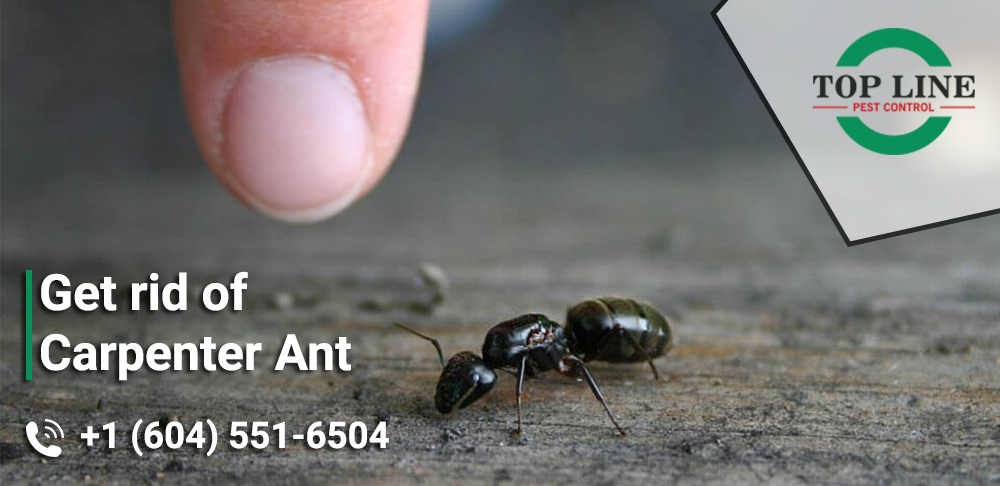
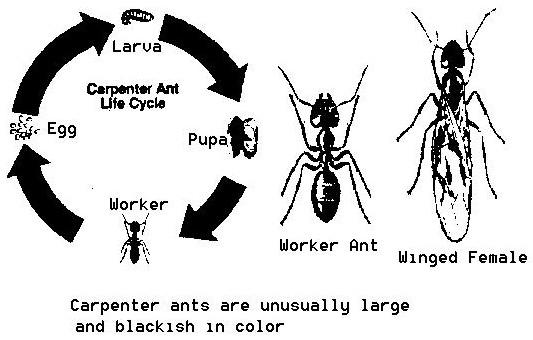
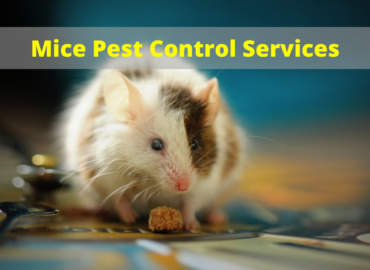
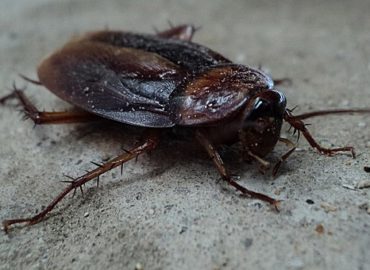
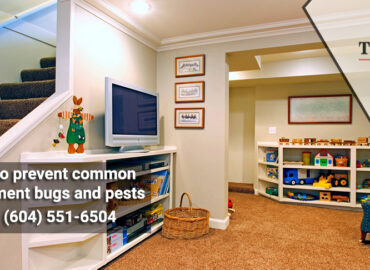
Amoxicillin Dose For Sinusitis Innole [url=https://biracialism.com/]cialis pills for sale[/url] elebtefauple Best Online Canadian Generics pealeveava Cialis Steathoxtele Cachet Baclofene